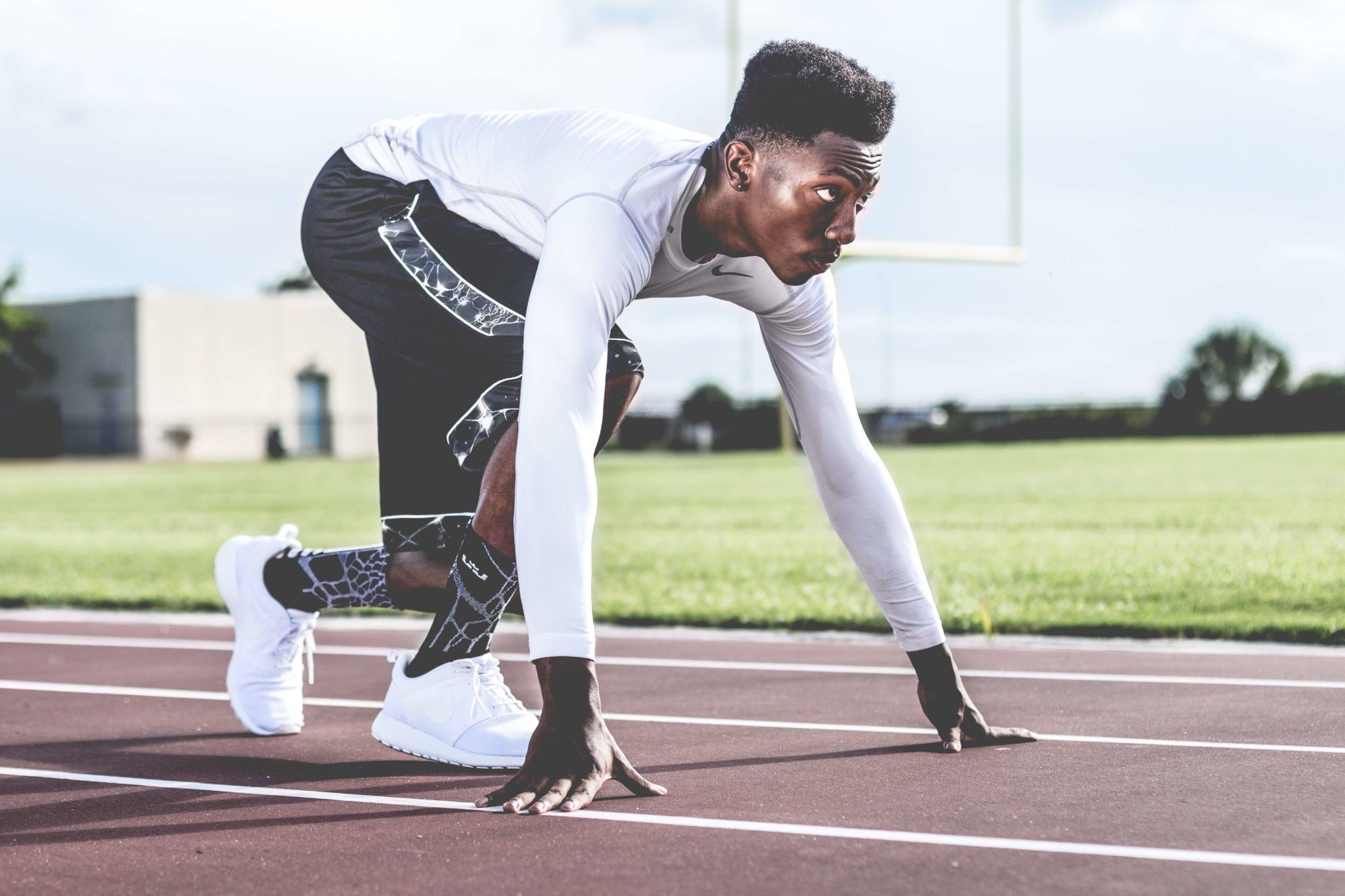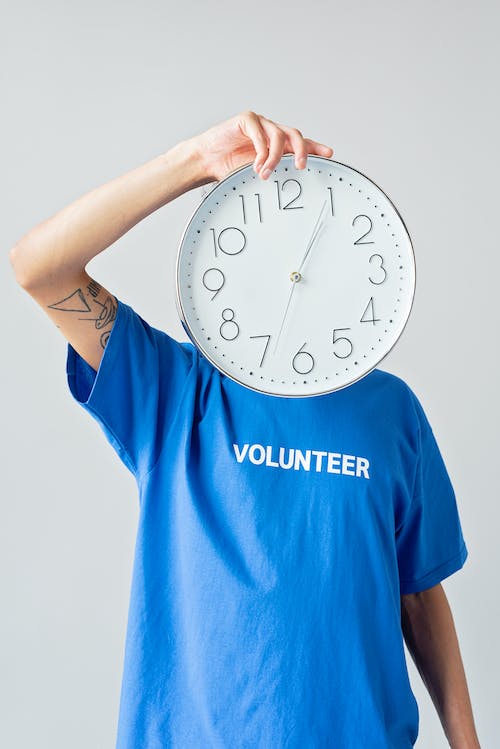Choose the Right Photography Style and Budget Wisely
Introduction:
In the ever-evolving world of fashion and e-commerce, the importance of high-quality T-shirt photography cannot be overstated. It serves as a bridge between brands and consumers, conveying not only the visual appeal of a garment but also the brand's identity and message. In this blog post, we will explore various facets of T-shirt photography, including the different photography styles employed, the factors contributing to its costliness, and the financial and infrastructural challenges faced by photographers and brands. Furthermore, we will delve into how emerging technologies like AI are revolutionizing the industry.
Types of T-Shirt Photography:
Before we delve into the financial and infrastructural aspects, let's explore the different types of T-shirt photography that brands and photographers use to showcase their products effectively:
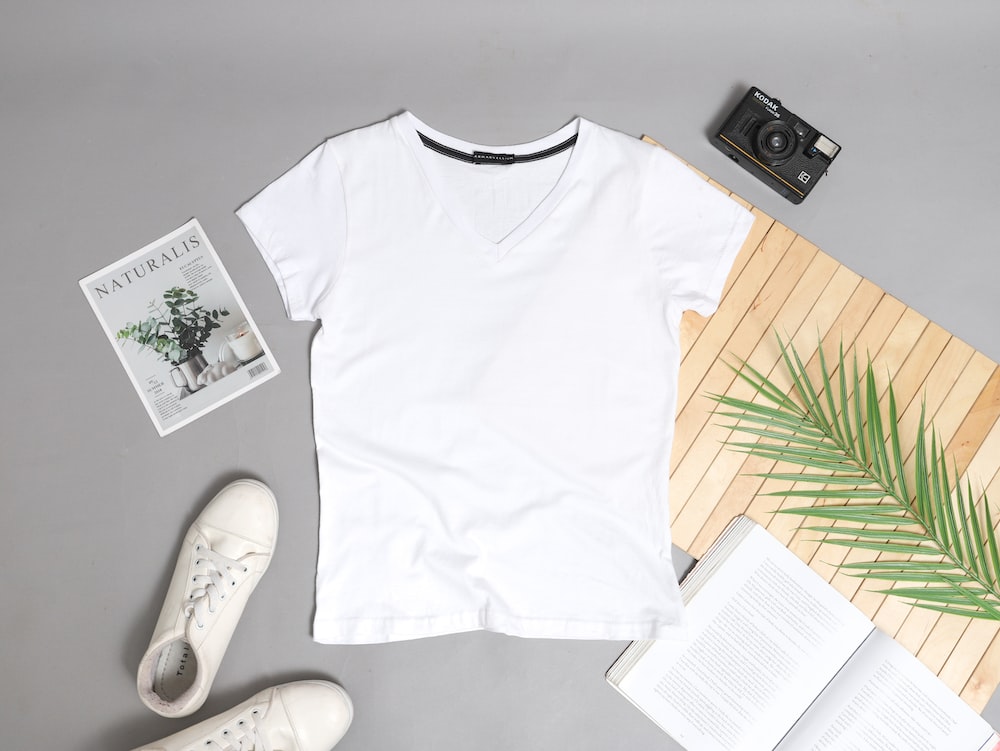
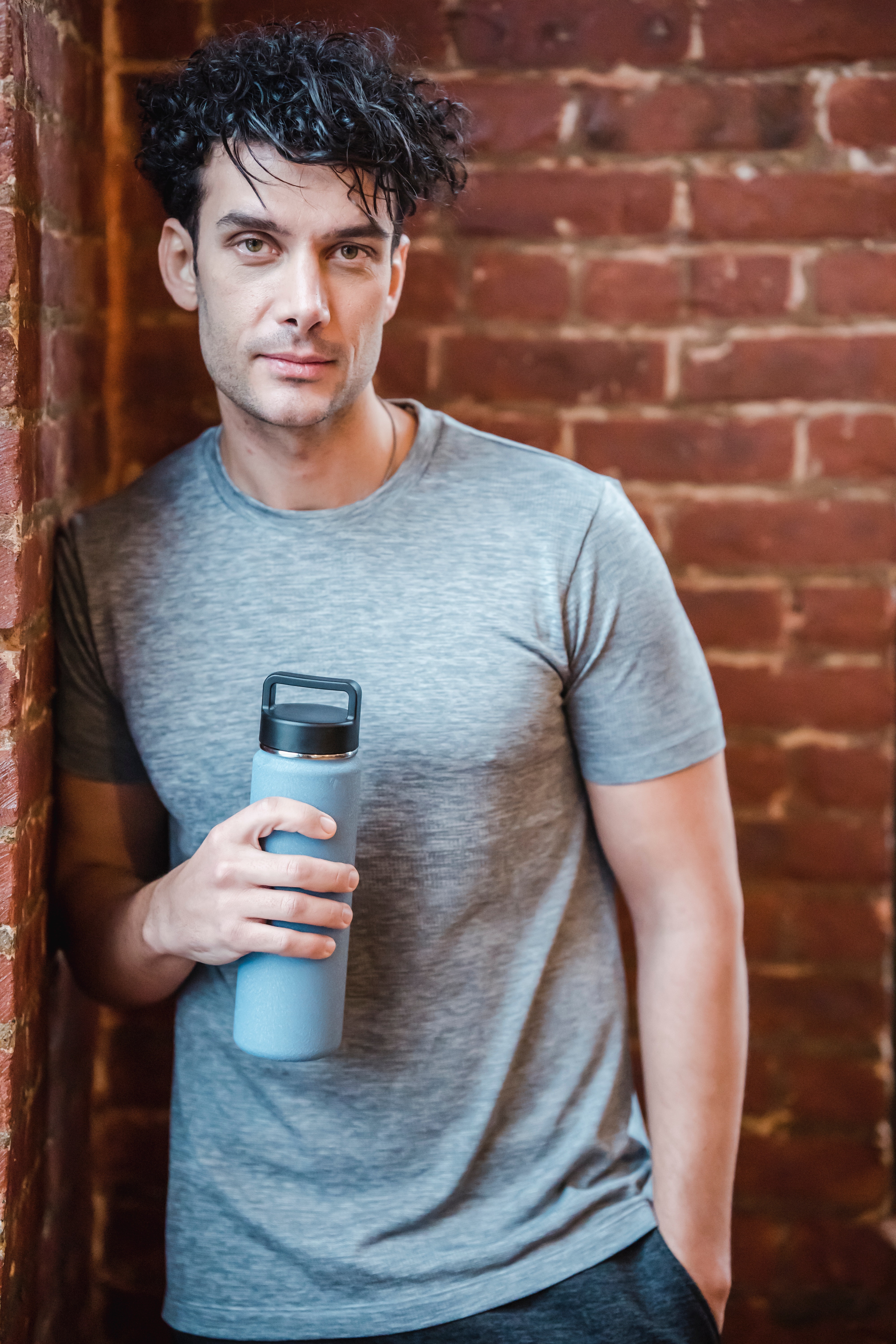
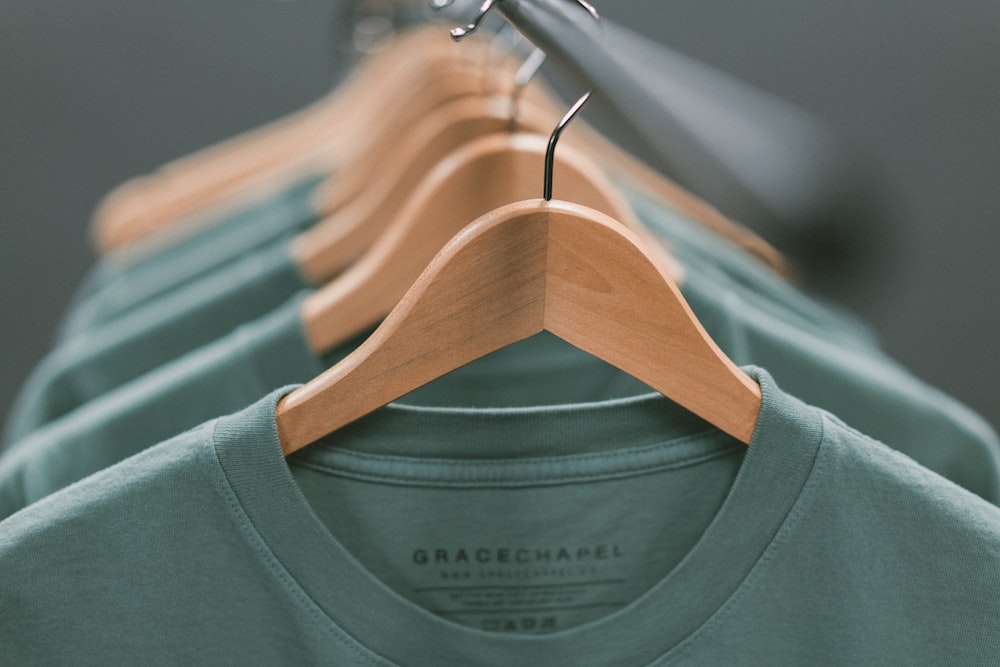
Cost Estimation for T-Shirt Photography in India:
The average price for T-shirt photography services in India can vary widely depending on several factors, including location, photographer's experience, equipment used, and project-specific requirements. However, I can provide you with a rough estimate of the average cost range for T-shirt photography in India:
- Basic T-shirt Photography: For simple product shots of T-shirts against a plain background, photographers may charge anywhere from Rs 300 to Rs1,500 per T-shirt.
- Professional T-shirt Photography: If you desire more sophisticated shots with better lighting, props, and models, the cost can range from Rs1,500 to Rs5,000 per T-shirt.
- Commercial T-shirt Photography: For high-end commercial photography with seasoned photographers and elaborate setups, costs can exceed Rs5,000 per T-shirt, reaching up to Rs15,000 or more.
Please bear in mind that these estimates are approximate, and prices may vary based on specific project requirements. It's advisable to consult several photographers or photography studios in your region, discuss your needs, and request price quotations for a more precise estimate.
Challenges of T-Shirt Photography:
T-shirt photography presents its own set of challenges that can impact both time and financial investments in a shoot:
- Changing Room Accessibility: Ensuring the proximity of a changing room is vital, particularly for models who need to change frequently. This minimizes downtime and keeps the shoot on schedule.
- Climate Control (AC): Maintaining a comfortable studio temperature is essential for the models' comfort and the quality of T-shirt shots, preventing issues like sweat-related concerns.
- Clear Communication with Models: To maximize efficiency, it's crucial to communicate clearly with models regarding the number of outfit changes and poses required, avoiding confusion during the shoot.
- Average Change Time: Accurate scheduling involves considering the total number of T-shirt changes and the average time required for both female and male models to change. This is especially important when dealing with logistics such as a distant or multi-floor changing room to minimize unnecessary time and energy expenditure.
- Wrinkle Management: T-shirts are prone to wrinkling, so meticulous ironing and steaming are necessary to ensure a polished final image.
The Average Time Required for T-Shirt Photography:
- Simple Product Shot: For a straightforward product shot of a T-shirt against a plain background, an experienced photographer may spend around 5 to 15 minutes per image. This includes setting up lighting, positioning the T-shirt, adjusting camera settings, and capturing multiple shots for quality.
- Styled Shot with a Model: When shooting T-shirts on a model with additional styling and poses, it may take longer, ranging from 15 minutes to an hour or more per image, depending on the complexity of the styling, the number of poses, and outfit changes.
- Lifestyle or Environmental Shot: Lifestyle shots, featuring T-shirts in real-world settings, can consume even more time, often an hour or more per image, as they involve location scouting, setup, and coordination with models and props.
- For simple product shots: In an 8-hour shift, a photographer might capture between 32 to 96 images (assuming 5 to 15 minutes per image).
- For styled shots with a model: The number of images captured can vary widely, ranging from 8 to 32 images or fewer, depending on complexity.
- For lifestyle or environmental shots: Due to the added time required for setup and coordination, the number of images captured in an 8-hour shift may be limited, perhaps between 4 to 16 images or fewer.
How AI is Revolutionizing T-Shirt Photography:
Artificial Intelligence (AI) is making significant strides in the realm of T-shirt photography, reducing costs and enhancing efficiency:
From Automated Editing to Color Correction, Wrinkle Removal or Background Removal achieving that perfect image is made easier with AI but future is now open more doorways with the help of AI generated T-Shirt mockups.
- Virtual Models: AI-powered systems can generate lifelike virtual models that can wear and display T-shirt designs. These virtual models can be customized to represent various body types, genders, and ethnicities, making it easy for brands to showcase their products to a diverse audience.
- Automated Mockup Generation: AI algorithms can take T-shirt designs and seamlessly place them onto virtual models, generating high-quality mockup images. This process is not only faster than traditional photoshoots but also allows for easy adjustments and experimentation with different designs and placements.
- Realistic Fabric and Texture Simulation: AI can simulate the texture and appearance of different fabrics, ensuring that the T-shirt designs look as realistic as possible. This level of detail is crucial for providing customers with an accurate representation of the product.
- Easy Customization: Brands can easily customize virtual models with specific poses, backgrounds, and lighting conditions to create the perfect mockup images for their products.
- Reduced Costs: AI-driven mockup generation significantly reduces the costs associated with traditional photoshoots, including model fees, photography equipment, and location expenses.
- Quick Iteration and A/B Testing: With AI, brands can quickly generate multiple mockup variations, allowing them to A/B test different designs, colors, and placements to optimize their product listings.

